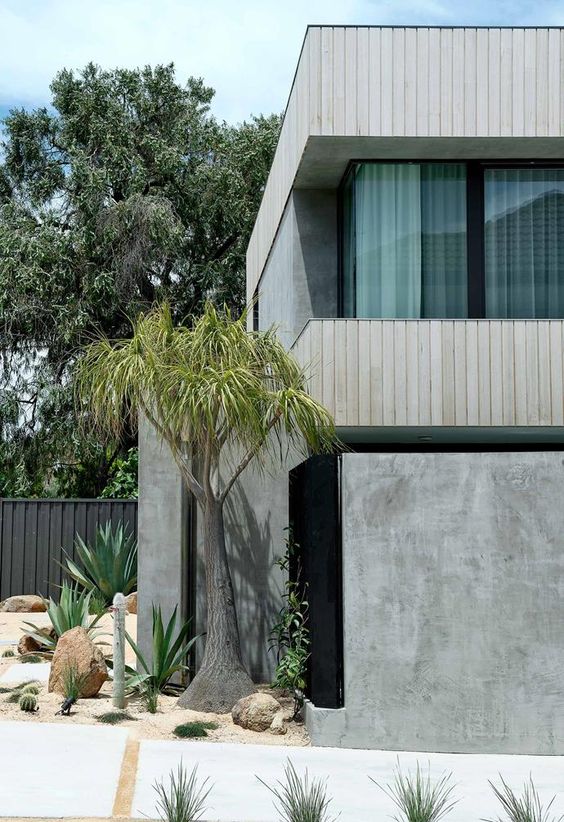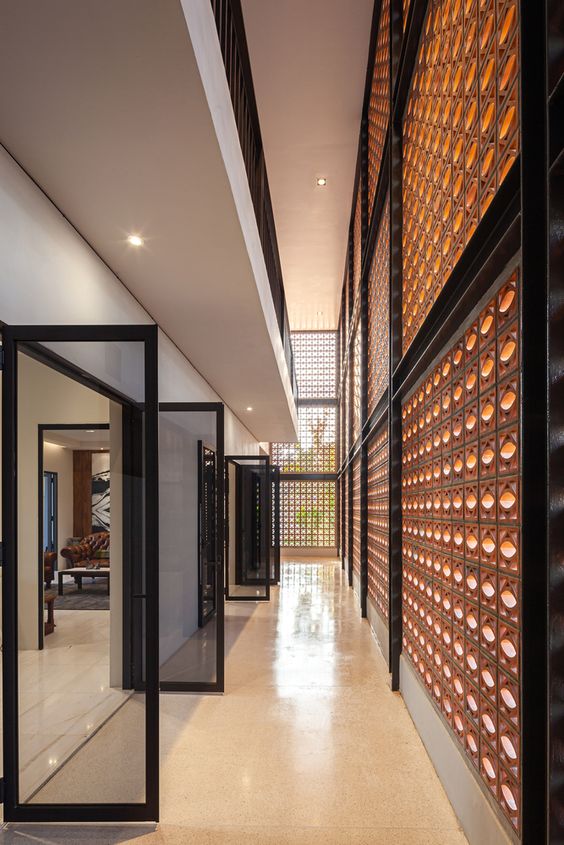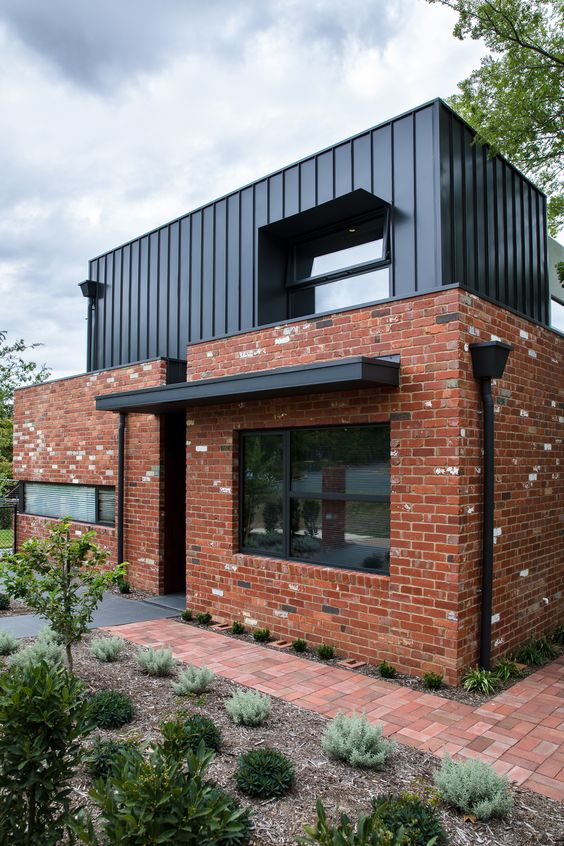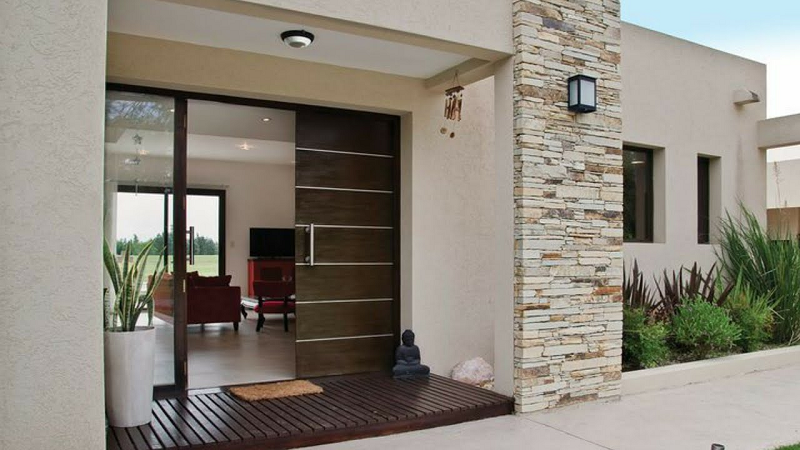Okikiko.com – In order to meet the requirements of Passive House construction, you must use a substantial thermal envelope around your house. This includes installing a significant thermal barrier, preventing air leakage, and orienting the house to take advantage of natural light. A Passive House is also ventilated to maintain air quality in the house. The following are some of the key points to keep in mind when installing a wall. You can find more information about the Passive House building standard by reading the following articles.
Tips for Making Home Walls
Passive houses are built with walls that are six inches thick. Some are even 12 inches thick. The higher the wall thickness, the more insulation you can put into it. While this may seem like a big investment, it is offset by increased usable space inside the home. For example, passive house residents will love the fact that they won’t be exposed to cold or hot spots in the winter. Plus, they’ll get a higher quality of life and not have to worry about energy bills.
While passive house wall construction may sound like a fancy concept, the process is actually quite straightforward. It focuses on energy efficiency and building efficiency. A house built according to the passive house wall construction standard will likely use common construction materials such as cinderblock or an insulated concrete form. The two main requirements are a continuous insulating barrier from the foundation upwards, and high-performance windows. These requirements are outlined in the ASHRAE Standard 90.1-2013.

High-thermal-mass ICF walls are a good solution to the passive wall design problem. The thermal mass of the ICF prevents temperature fluctuations in the structure. The concrete walls absorb cool air during the night and store it during the day, contributing to the excellent indoor air quality. A high-quality Fox Blocks ICF wall also prevents moisture buildup in the wall system. The Fox Blocks ICF wall is non-toxic and has excellent sound reduction properties.
Energy Saving Building Type
A Passivhaus is a type of energy-efficient building that achieves the 0.6 ACH@50 standard for airtightness. Its target pressure is one-half atmosphere, whereas a building built according to the BSC requires a maximum of three-half-inch airtightness across the grilles. For a house built to the Passivhaus standard, a thermal barrier is not a problem if the walls are built properly.
Passive House is an architecture concept and voluntary standard that reduces a building’s ecological footprint. The results are ultra-low-energy buildings that require little energy for space heating and cooling. It is not limited to residential properties. Its application is not exclusive to residential buildings but extends to other buildings as well. Passive design is not an arbitrary attachment to an architectural design, but rather an approach that blends with the design process.

While the thermal performance of ICFs is a reasonable choice, they are not a great performer. They can improve their performance with additional insulation on the exterior and thicker foam blocks. By reducing air leakage and thermal mass, ICFs are a good option for below-grade walls. However, ICFs can’t compete with other wall systems when it comes to price and performance. There are many better wall systems available.
Strong and Durable Exterior Wall Design
Depending on your budget and climate zone, a high-performance exterior wall assembly is a more viable option than a standard passive house. However, if your site is compact, or if zoning restrictions exist, it may be best to opt for an exterior wall assembly with high thermal conductivity. Different wall sections may be buildable or unbuildable, so it’s important to conduct back-of-the-envelope parametric analysis to determine the best wall assembly. By implementing a performance-based building energy standard, you can maximize value and efficiency of your wall assemblies.

The goal of Passive House construction is to eliminate the thermal bridge, which occurs when a thermally-inefficient structure passes heat through a gap in the house envelope. Thermal bridges are caused by gaps beneath doors, windows, or uninsulated walls. Passive houses are designed to eliminate thermal bridges to keep the interior air temperature consistent and conditioned. Additionally, they reduce internal and external noise. Passive house wall construction does not have to look like a hippy Earthship; it can be tailored to fit in with any style of building.


